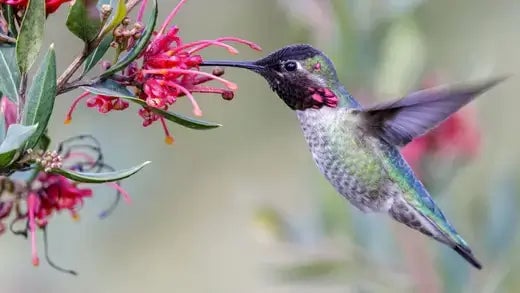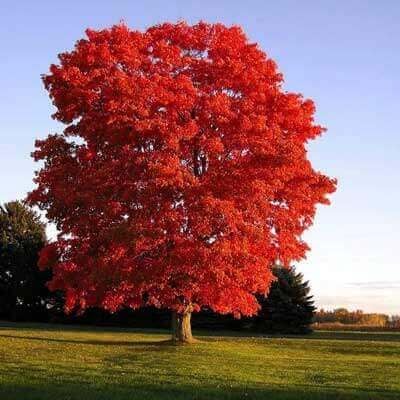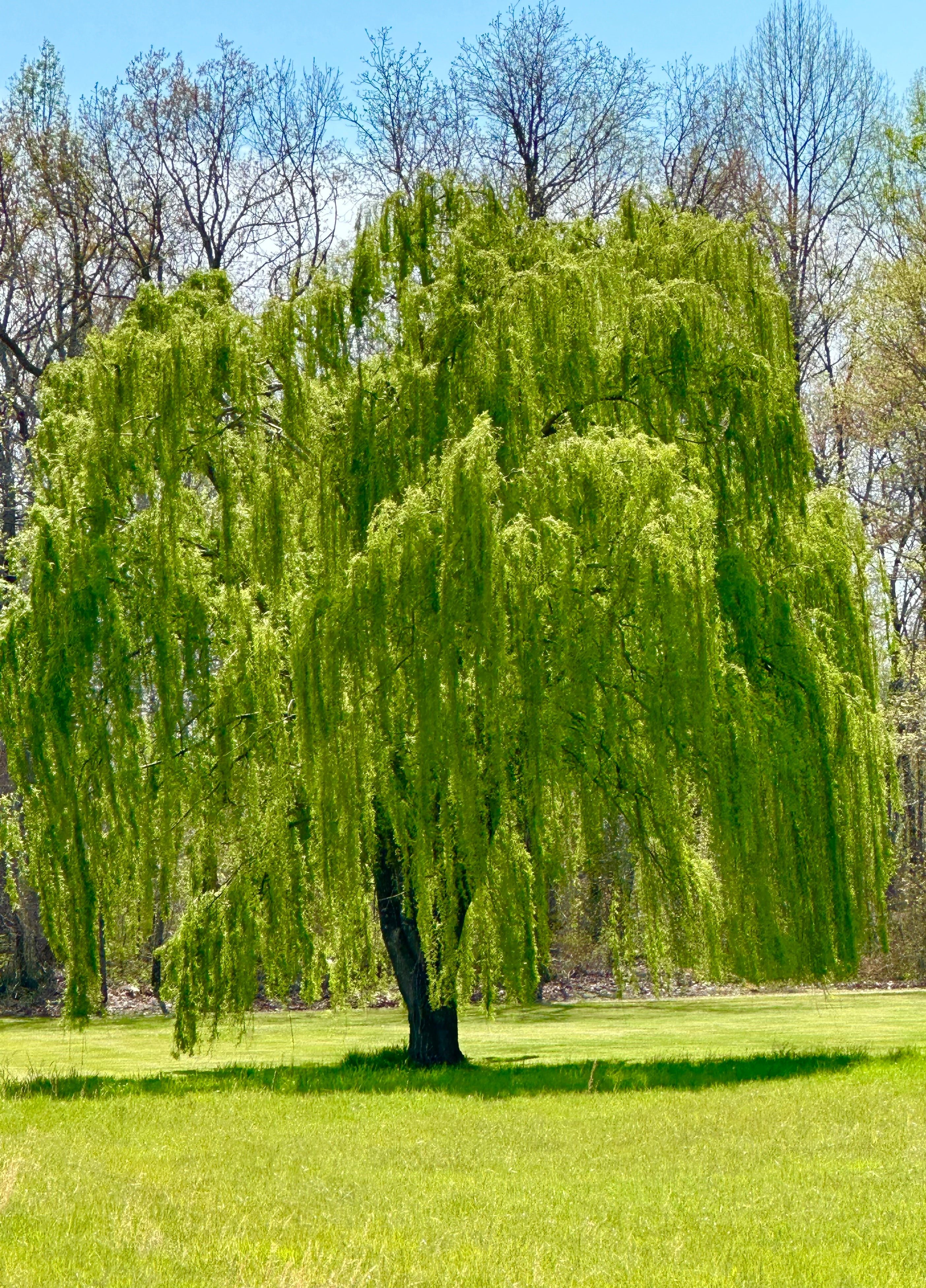Trees for Rapid Landscape Transformation
You all look out at your yard and think, Lord have mercy, this place needs somethin' special. A few well-placed trees can change the whole feel of your landscape quicker than you can say sweet tea on a hot summer day. Trees don't just add shade and beauty; they bring charm, privacy, and even a little drama. Let me tell you about a few options that'll have your yard lookin' like somethin' straight out of a Southern Living magazine in no time.
First off, let's talk about Red Maples. These beauties grow fast, and their fiery red leaves in the fall will stop folks in their tracks. Plant one in the front yard, and it'll frame your home like a picture come autumn. They thrive in most soils, and with a bit of waterin' now and then, they're happy as a pig in mud.
Now, if you need some privacy, say, to keep nosy neighbors from peekin' over the fence, go for Leyland Cypress or Eastern Red Cedar. These evergreen trees grow tall and thick, creating a living wall that'll block out the world. Plus, they look mighty fine year-round, even when winter leaves other trees bare.
And darlin', you can't forget the Tulip Poplar. This fast-growing gem shoots up like it's got somewhere to be. Its big ol' green leaves and creamy yellow flowers will give your yard that "wow" factor in just a few seasons. Bonus? It brings the bees and butterflies, addin' a lil' life to your space.
For something iconic, why not plant a Southern Magnolia? Those glossy leaves and big white blooms are as Southern as biscuits and gravy. While they don't grow as fast as some, they make up for it with sheer elegance. Folks'll be talkin' about your yard at church come Sunday, guaranteed.
Finally, there's the Weeping Willow, perfect for folks who want a touch of romance in their yard. Plant it near a pond or creek if you've got one, and its graceful branches will sway in the breeze, creating a peaceful scene fit for sitting and sippin' lemonade.
So, don't wait 'round dreamin' about that perfect yard-get yourself some of these fast-growin' trees, and let nature work its magic. In just a few years, your landscape'll be the talk of the town, and y'all can say it was all your idea. Ain't nothin' like watchin' your yard come alive with a lil' help from the suitable trees.
Trees play an important role in providing shade and habitat for various species. Regarding landscaping and greening projects, choosing fast-growing trees can expedite the transformation of a barren area into a lush, thriving ecosystem. This article will explore the ten fastest-growing trees that can radically change any landscape.
Hybrid Poplar (Populus spp.)
Hybrid poplars are renowned for their impressive growth rates, often reaching heights of 5 to 8 feet annually. These deciduous trees are excellent choices for providing quick privacy screens, windbreaks, or shade. They thrive in moist soils and full sun. One well-known hybrid poplar is the "Nimbus," a hybrid of Eastern Cottonwood and European Black Poplar.
Dawn Redwood (Metasequoia Glyptostroboides)
The Dawn Redwood is a living fossil that grows exceptionally fast. Native to China, these deciduous conifers can grow 2 to 3 feet annually. Known for their unique feathery foliage, they provide a stunning focal point in any landscape. Their growth rate, combined with their distinct appearance, makes them a sought-after choice for quick landscaping.
Weeping Willow Loves Water And Grows Very Fast
The Weeping Willow is famous for its gracefully drooping branches, creating an elegant and picturesque appearance. It is a deciduous tree that thrives in wet areas. With growth rates of about 3 to 8 feet per year, it quickly establishes a strong presence near water bodies, preventing erosion and enhancing the beauty of the surroundings.
Leyland Cypress (Cuprocyparis leylandii)
If you need a rapidly growing evergreen tree for privacy screens or windbreaks, the Leyland Cypress is an excellent choice. Its dense foliage and quick growth make it a favorite for creating living barriers in a short period.
It’s a hybrid between the Monterey Cypress and the Alaskan Cedar and boasts an impressive growth rate of 3 to 4 feet per year under optimal conditions. This vigor makes it an ideal candidate for quickly creating dense barriers that shield properties from prying eyes or provide adequate shelter from strong winds. Its tall, columnar form and lush, dense foliage contribute to a beautifully structured screen that serves its practical purpose and enhances the surrounding landscape's aesthetics.
One of the Leyland Cypress's key advantages is its adaptability to various soil types and growing conditions. Its tolerance to various soil conditions makes it a versatile choice for different regions and climates. While the Leyland Cypress offers numerous benefits, there are a few considerations to consider. Its rapid growth requires regular maintenance, including pruning, to maintain its shape and prevent overgrowth.
Additionally, the tree is susceptible to certain diseases and pests, such as root rot and cypress aphids. Therefore, proper care, including monitoring signs of issues and implementing appropriate treatments, is essential to ensure long-term health and vitality. In conclusion, the Leyland Cypress is a top-tier option for those seeking a rapidly growing evergreen tree for privacy screens and windbreaks.
Royal Empress Tree (Paulownia tomentosa)
Also known as the Princess Tree or Foxglove Tree, the Royal Empress Tree is famous for its large, heart-shaped leaves and impressive growth rate. This deciduous tree provides rapid shade and adds a touch of exotic beauty to the landscape. It grows 15 feet each year and can reach a mature height of 50 feet and a width of 30 feet in only 10 years! It is considered one of the fastest-growing trees in the world.
Quaking Aspen Is Sturdy And Grows Fast
Quaking Aspen trees are known for their distinctive leaves, which shimmer in the slightest breeze, creating a captivating effect. These deciduous trees across North America can grow 2 to 3 feet annually. They are often planted in clusters, making a stunning visual impact in urban and wilderness landscapes.
Eucalyptus (Eucalyptus spp.)
Eucalyptus trees are known for their refreshing fragrance and unique appearance. Native to Australia, these evergreens can grow anywhere from 6 inches to 6 feet per year, depending on the species and growing conditions. Their rapid growth makes them suitable for reforestation and commercial purposes.
Silver Maple (Acer saccharinum)
Silver Maples are known for their striking silver undersides of leaves and their adaptability to various soil types. These deciduous trees, native to North America, can grow 2 to 3 feet annually. Due to their pollution tolerance and quick shade provision, they are particularly well-suited for urban environments.
Tulip Tree (Liriodendron tulipifera)
The Tulip Tree's distinct tulip-like flowers and vibrant foliage add to its appeal. Its striking appearance, rapid growth, and adaptability to different soil types make it a popular choice for homeowners, parks, and public spaces. Beyond its visual allure, it is highly valued for its rapid growth rate. The tulip tree can reach impressive heights relatively quickly, making it an excellent choice for creating natural shade and privacy screens. This rapid growth also means it can quickly establish itself as a dominant presence in a landscape design, filling out empty spaces and providing a lush canopy that shelters other plants and wildlife.
Paperbark Maple (Acer griseum)
The Paperbark Maple is renowned for its unique peeling bark, which adds visual interest all year round. Native to China, this slow-growing maple still grows 1 to 2 feet per year. While not the fastest on this list, its distinctive features and manageable size make it an attractive option for small-scale landscaping projects.
Choosing suitable trees for landscaping depends on various factors, including climate, soil conditions, and intended purposes. When rapid transformation is the goal, opting for fast-growing trees can significantly expedite the process and yield impressive results.
From the towering heights of hybrid poplars to the graceful elegance of weeping willows, It's important to note that while fast growth is a desirable trait, ongoing care and maintenance are essential to ensure the longevity of these trees as they continue to thrive and enhance their surroundings.
Ways to Shape Your Landscape with Fast-Growing Trees
A simple open space becomes a functional lush oasis through the rapid growth of specific trees. The fundamental principles for shaping your landscape with fast-growing trees remain the same even though you may select different tree varieties. Proper placement, pruning techniques, and thoughtful design will establish an inviting environment that matures quickly over just a few seasons. When planning to integrate fast-growing trees into your outdoor space, here are some techniques to consider without specifying any particular species.
First, think about your primary objective. Plant a staggered row of trees to build a dense living barrier and achieve privacy in your outdoor space. The appropriate spacing of fast-growing trees in a row generates a natural barrier that blocks noise and protects your backyard from outside views. The screening function of these trees improves when you plant flowering shrubs or ornamental grasses in front of them. The multi-layered approach serves a dual purpose by enhancing visual appeal and creating extra wildlife habitat that boosts garden diversity.
Think about directing attention to specific areas within your landscape after creating your natural barrier. You can draw attention to focal areas like patios, ponds, or sculptures by strategically planting rapidly growing plants. Group trees together in specific locations so they frame or bring attention to key features of your yard instead of spreading them across the entire space. This intentional clustering technique will focus on the features you want to highlight. The natural movement of light across your garden space allows you to establish unique sun and shade patterns that divide your landscape into distinctive areas.
All trees require maintenance to direct their growth patterns, but fast-growing trees need it even more. Regular pruning helps keep trees healthy and stable by maintaining their intended shape and size. A correctly performed pruning process leads to developing a strong trunk and a well-balanced canopy. Formal gardens benefit from careful pruning methods, including topiary and pollarding, which produce geometric patterns and elegant tree shapes. Let branches grow naturally, but remove weak and crossed branches to achieve a wild natural appearance. Both methods enable you to guide the tree's energy toward desired areas.
You can shape your landscape with vigorous growers by utilizing them to gain environmental advantages. Strategically placing plants as windbreaks along property borders and in specific groupings minimizes wind impact and safeguard fragile garden spaces. When appropriately positioned, these taller plants help control temperature levels around your house, which leads to decreased heating and cooling expenses. These plants create shade, reducing your backyard temperature during summer and resulting in comfortable outdoor relaxation conditions.
To achieve visual balance in your garden, you should find ways to combine these fast-growing plants with different other garden features. The base of trees can be decorated with groundcovers and low-growing ornamentals to create a layered effect that softens the trunk-to-soil transition. Consider planting flowering perennials or climbing vines that attach to tree trunks or nearby trellises because they will contribute color and texture to your garden. A thoughtful combination of tall trees with complementary plants enables you to create a balanced, harmonious, and dynamic design.
Proper planning techniques, combined with pruning skills and creative thinking, enable fast-growing trees to serve as essential elements in landscape design. By taking into account placement, function, and visual appeal, you can quickly create an attractive outdoor area because fast-growing plants transform and enhance your surroundings.
Read more

Yes, the cold winter months are upon us, and most people aren't considering landscaping. They're thinking of shoveling driveways and staving off that frigid weather. But it's always early enough to...

Hummingbirds are fun birds to watch. They hover while drinking from long tubular flowers with their long tongues. Hummingbirds are very territorial so multiple feeders are required for everyone t...




